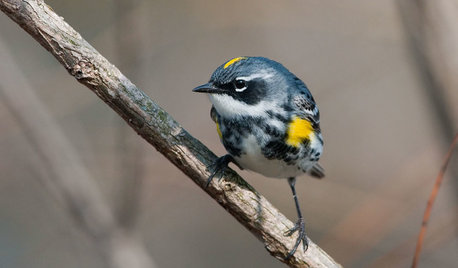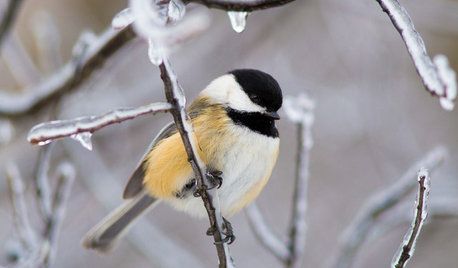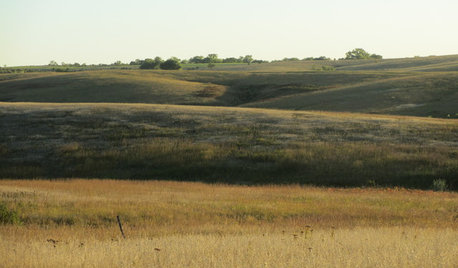Genetic diversity in the backyard flock
johanna_h
16 years ago
Related Stories

GARDENING GUIDESBackyard Birds: The Wonder of Warblers
These small, dynamic birds call North America home, with the yellow-rumped warbler flocking to every U.S. state
Full Story
GARDENING FOR BIRDSBackyard Birds: Marvel at Chickadees This Winter
These North American natives flock to bird feeders and entertain with their complex birdcalls
Full Story
GARDENING GUIDESBackyard Birds: Invite Entertaining Hummingbirds Into Your Garden
Hummingbirds — unique to the Americas — zip through open landscapes seasonally or year-round. Here’s how to attract them
Full Story
GARDENING FOR BUTTERFLIESBring on the Birds: Natural Habitat Ideas for Gardens of All Sizes
Provide nesting, watering and perching spots inspired by the Costa Rican jungle and watch the birds flock on over
Full Story
GARDENING AND LANDSCAPINGBackyard Living: The Scoop on Chicken Coops
Perk up your morning with fresh eggs and chickadee clucks when you build a chicken coop in your own yard
Full Story
GARDENING GUIDESBackyard Birds: Northern Cardinals in the Snow, and Other Red Birds
Brilliant crimson feathers make these friends stand out in a crowd
Full Story
GARDENING GUIDES15 Native Flowers That Feed Native Bees
These perennials offer superfood to hundreds of bees and are gorgeous in their own right
Full Story
GREAT HOME PROJECTSHow to Replace Your Lawn With a Garden
New project for a new year: Lose the turfgrass for energy savings, wildlife friendliness and lower maintenance
Full Story
GARDENING FOR BIRDSWild Birds Transform a Woman’s Garden and Life
How Sharon Sorenson created a wildlife haven and became the Bird Lady of Southern Indiana
Full Story
GARDENING GUIDESHow to Get Your Prairie On
Have a field day with your landscape, even if you've got just a few modern containers on a paved path
Full Story





fancifowl
johanna_hOriginal Author
Related Professionals
Londonderry Landscape Architects & Landscape Designers · Clemson Landscape Architects & Landscape Designers · Fitchburg Landscape Architects & Landscape Designers · Roxbury Crossing Landscape Architects & Landscape Designers · Haverhill Landscape Contractors · Indio Landscape Contractors · Inglewood Landscape Contractors · Wareham Landscape Contractors · Nampa Fence Contractors · Santa Barbara Fence Contractors · Teaneck Fence Contractors · Braintree Decks, Patios & Outdoor Enclosures · Lenexa Decks, Patios & Outdoor Enclosures · Spanaway Decks, Patios & Outdoor Enclosures · Wheaton Decks, Patios & Outdoor Enclosuresfancifowl
brandywine_pa
velvet_sparrow
fancifowl
brandywine_pa
fancifowl
johnpeter
billie_ladybug
fancifowl
johnpeter
fancifowl